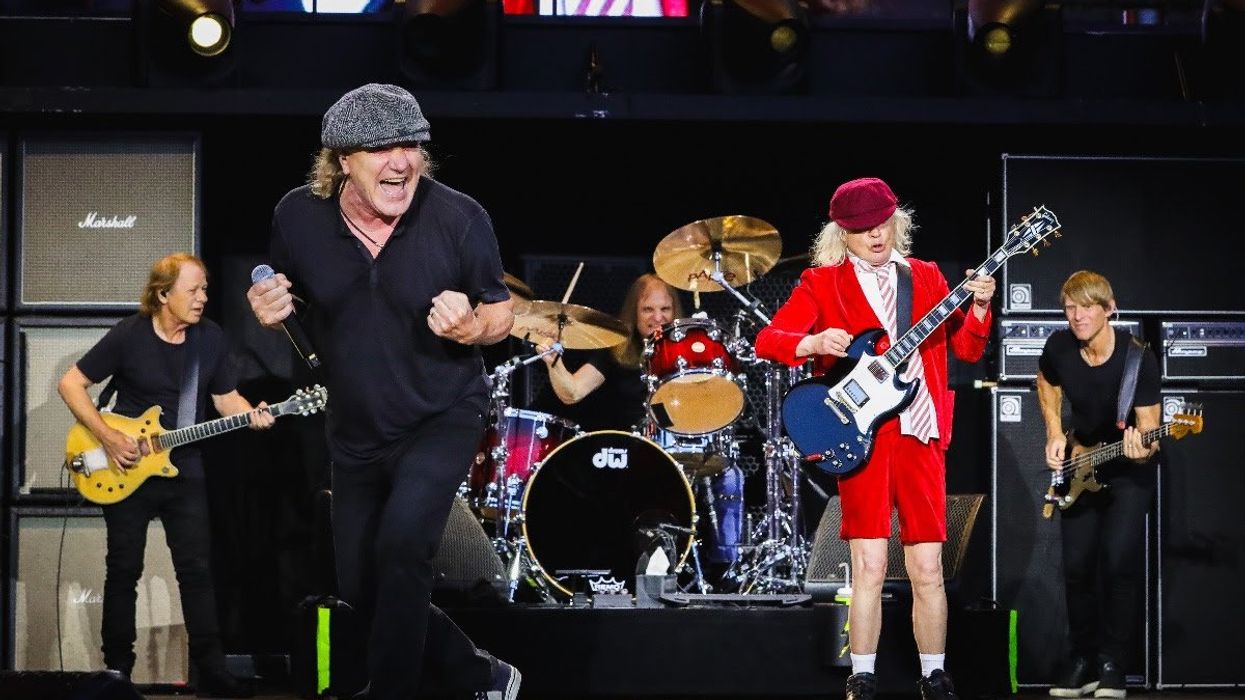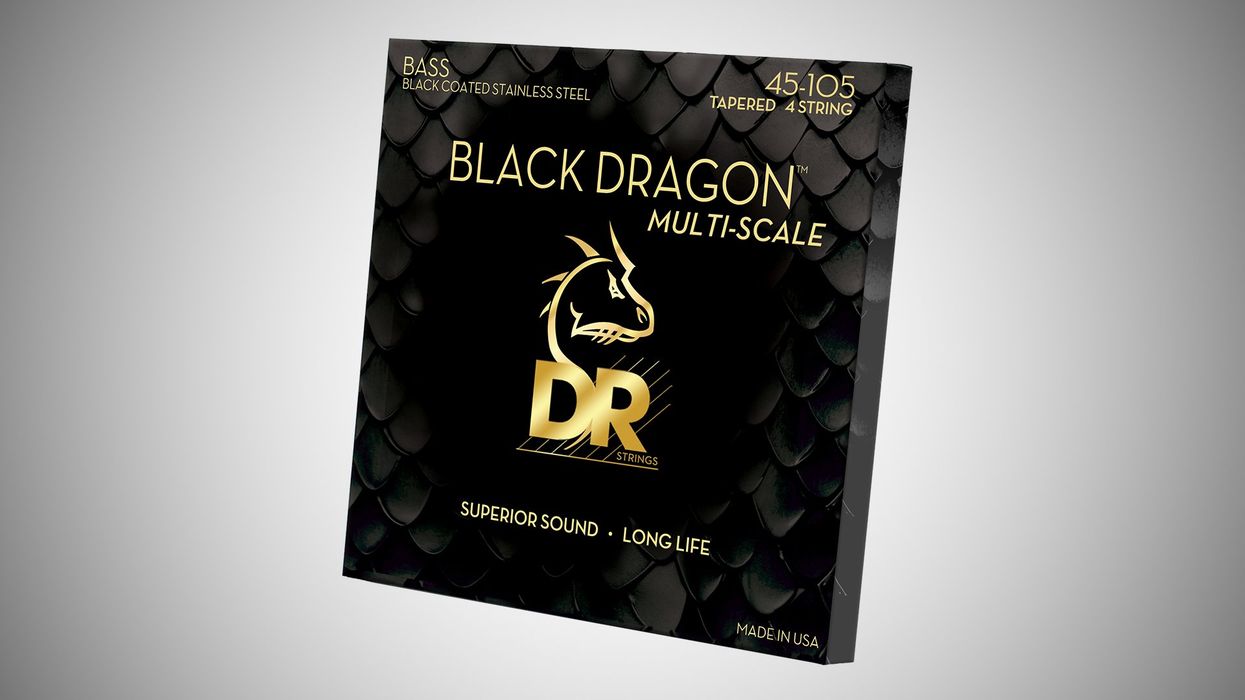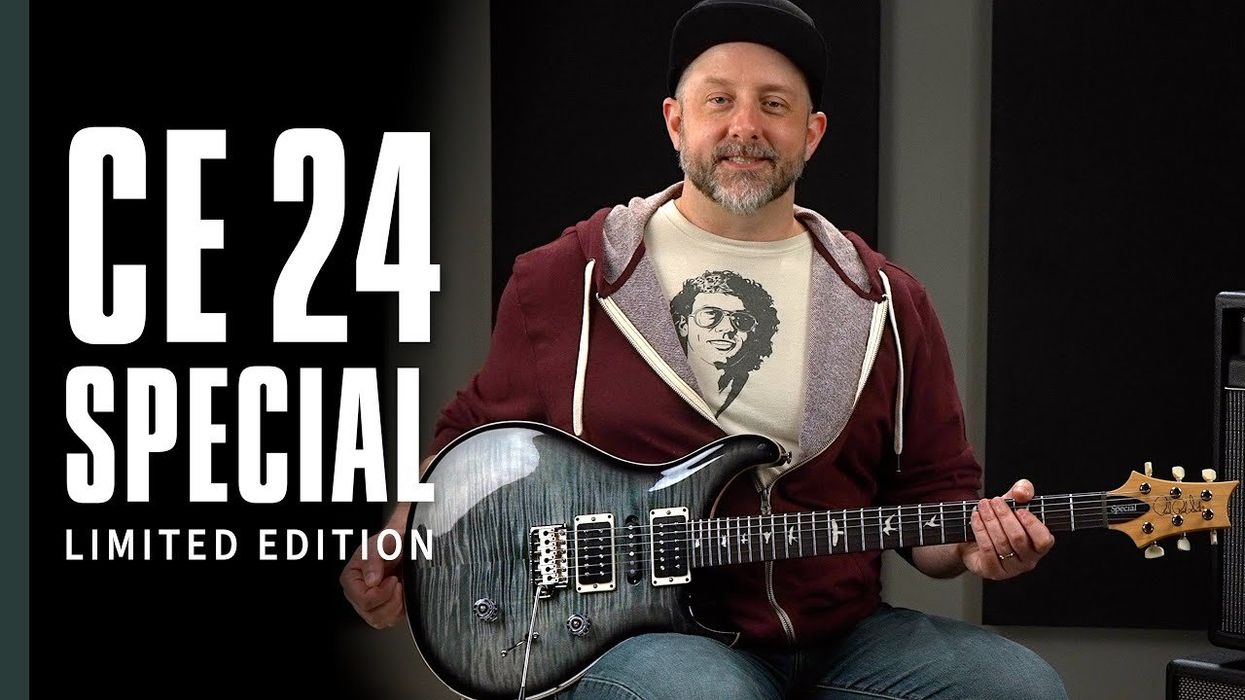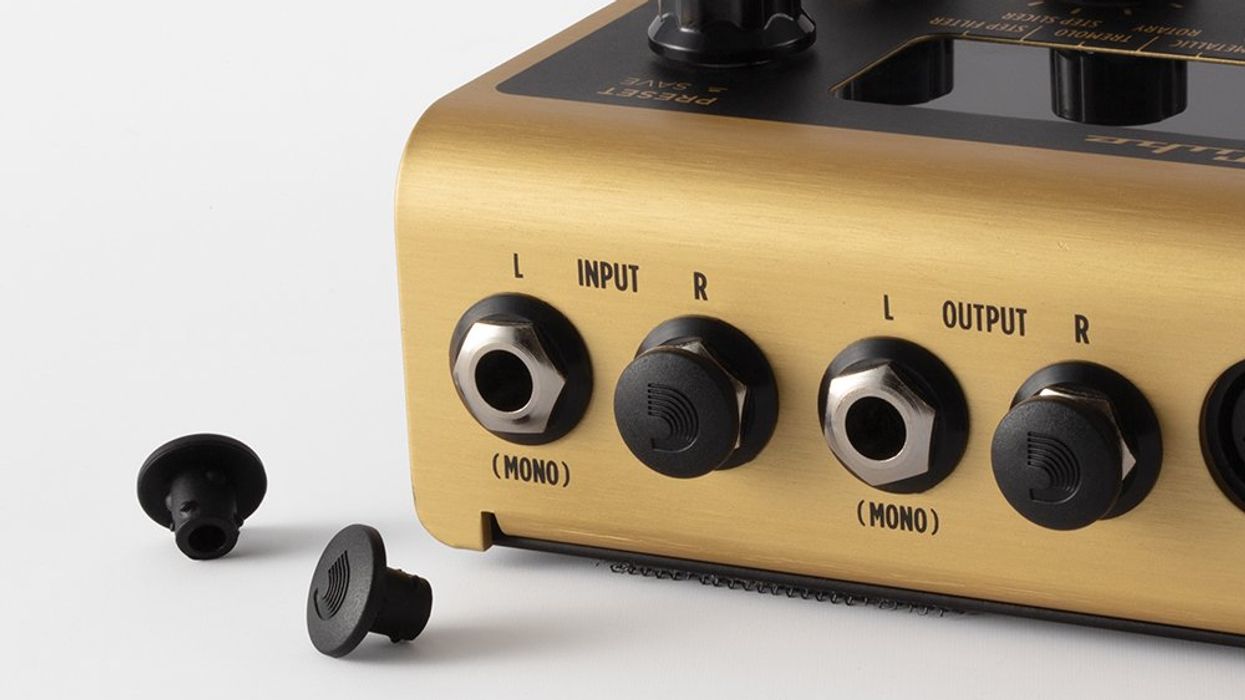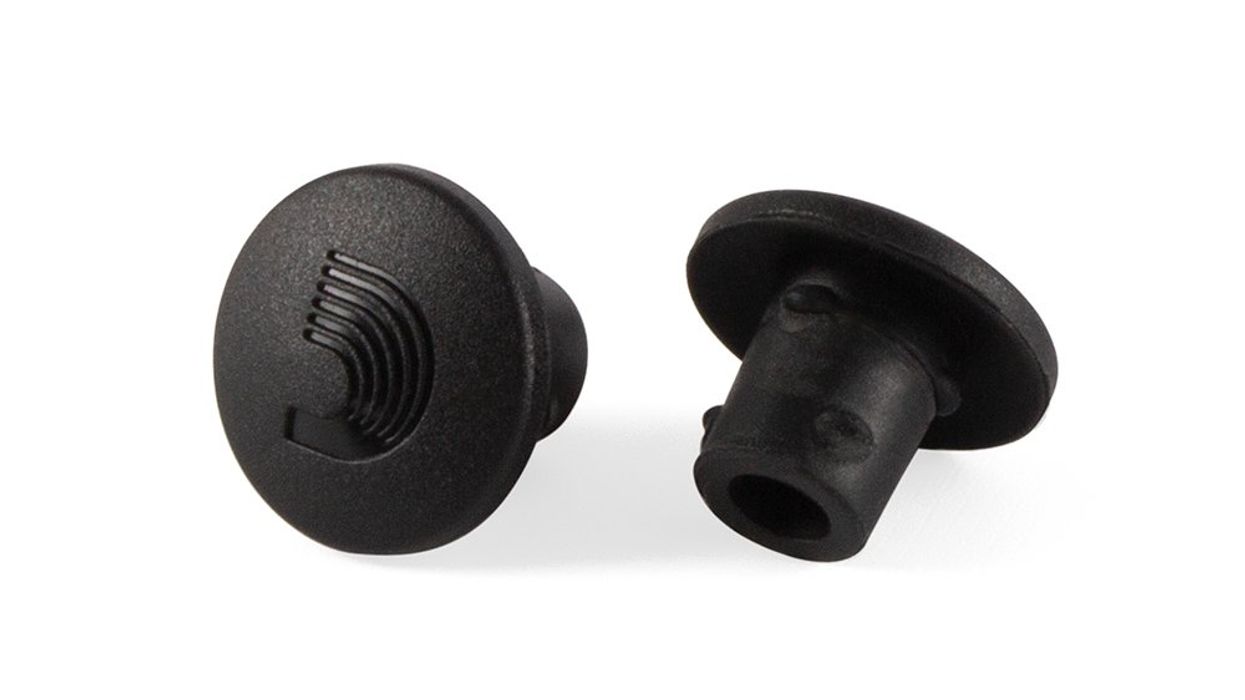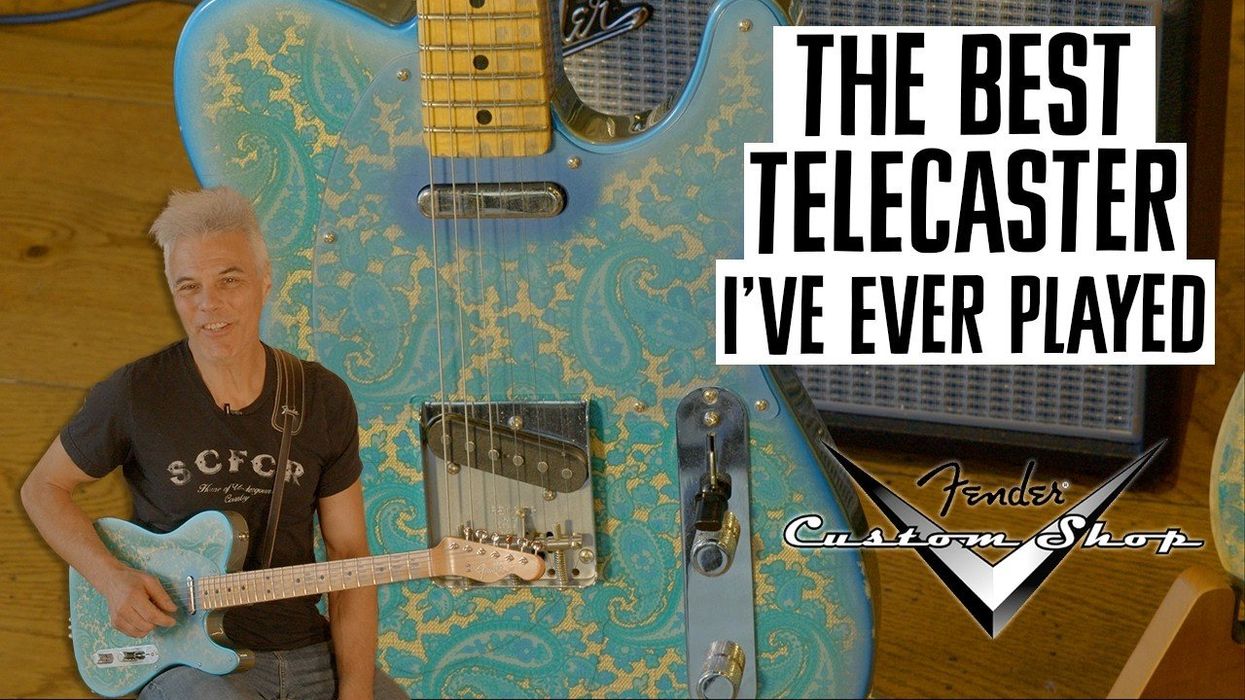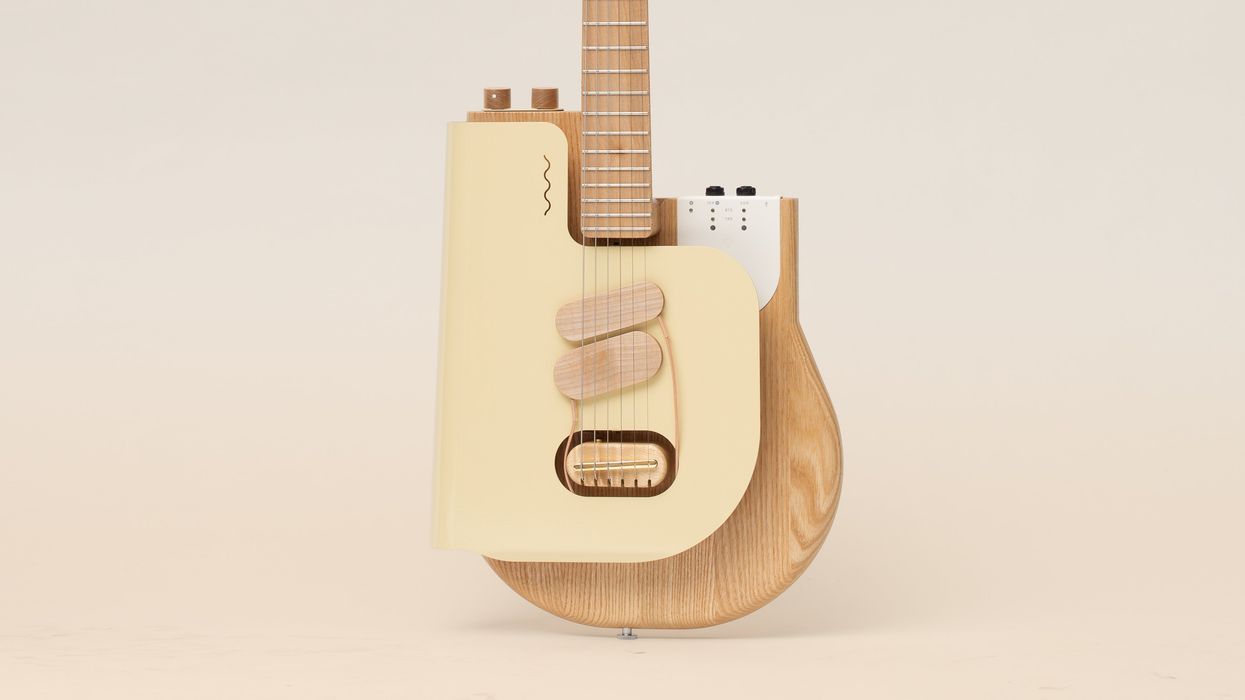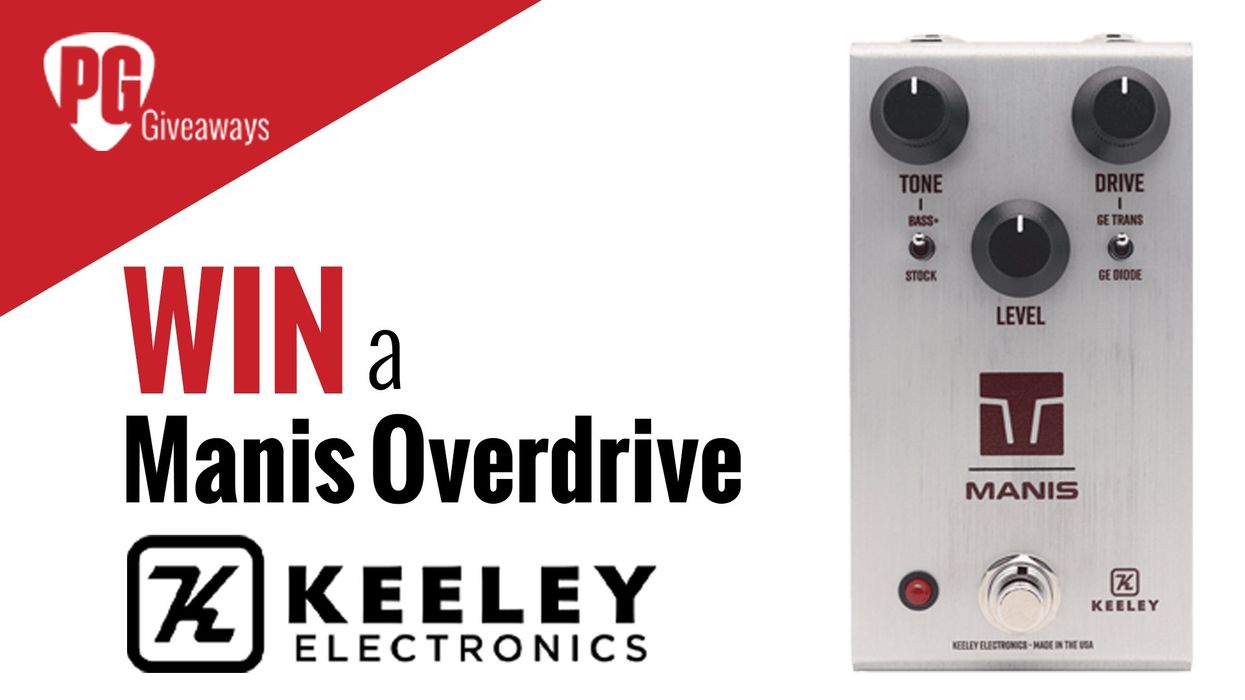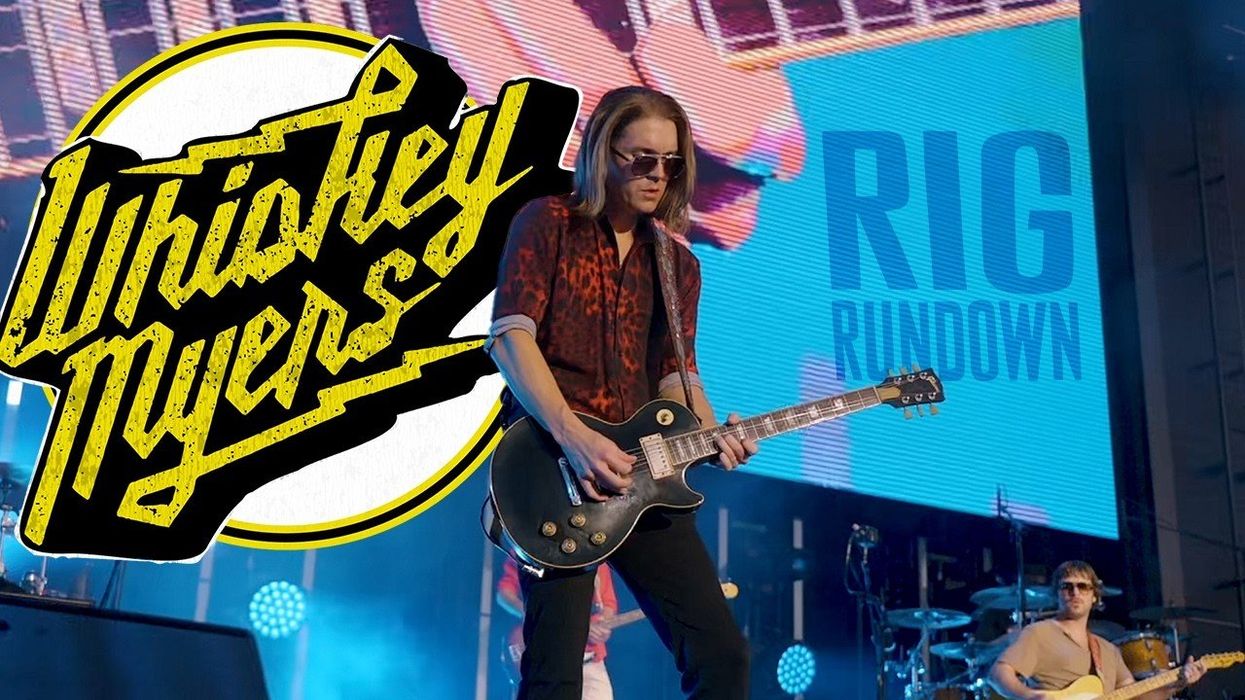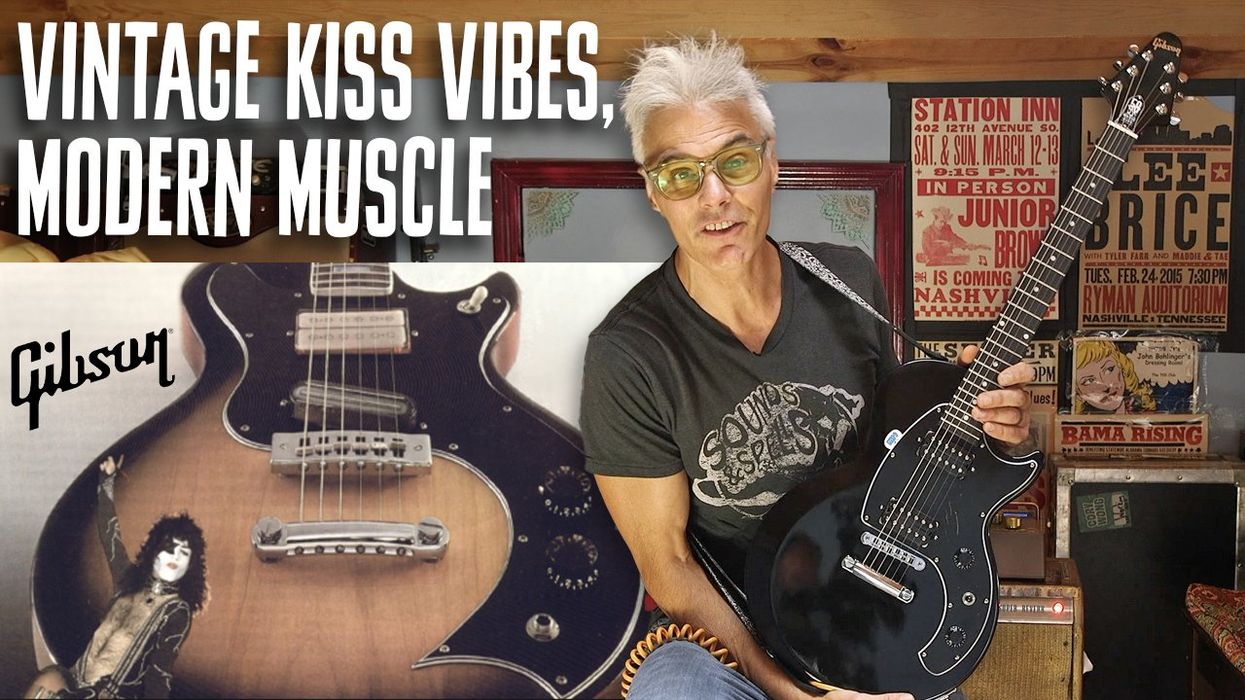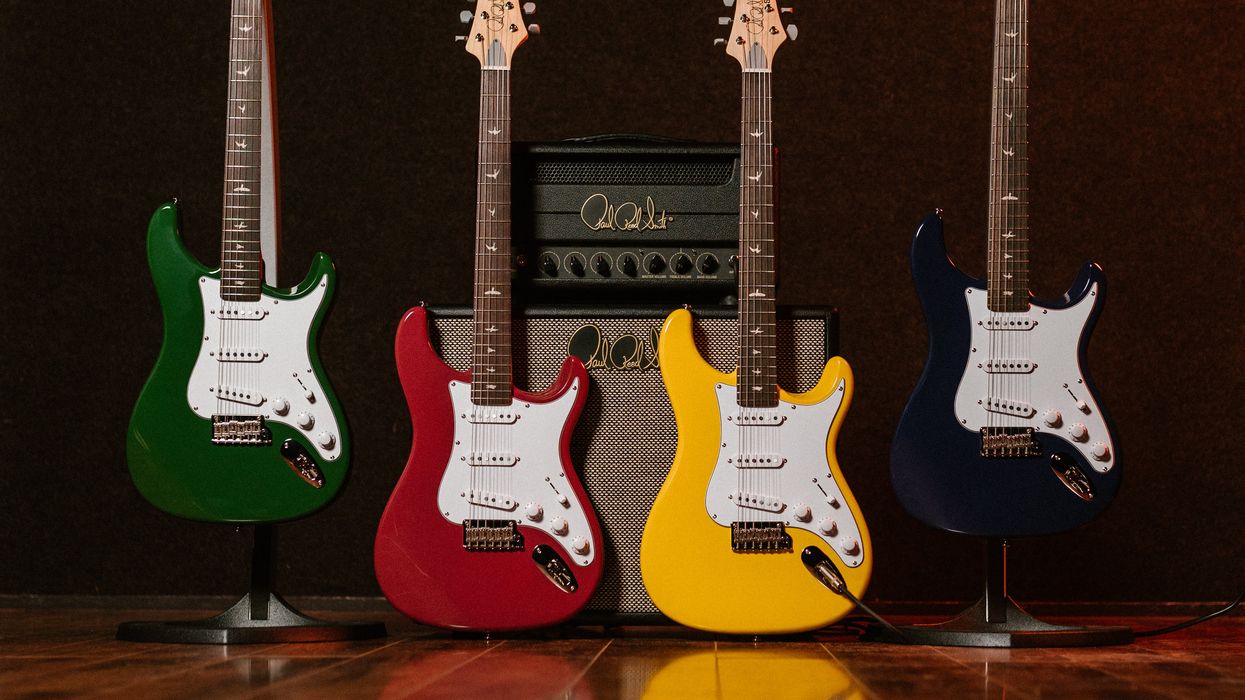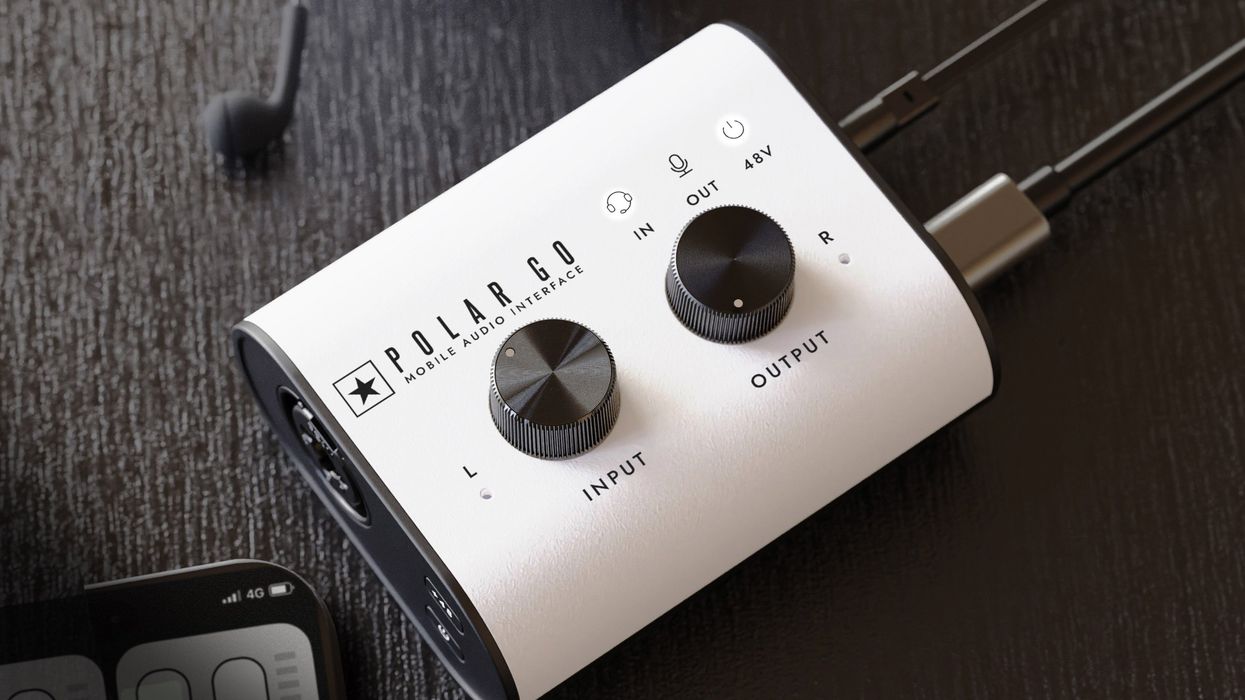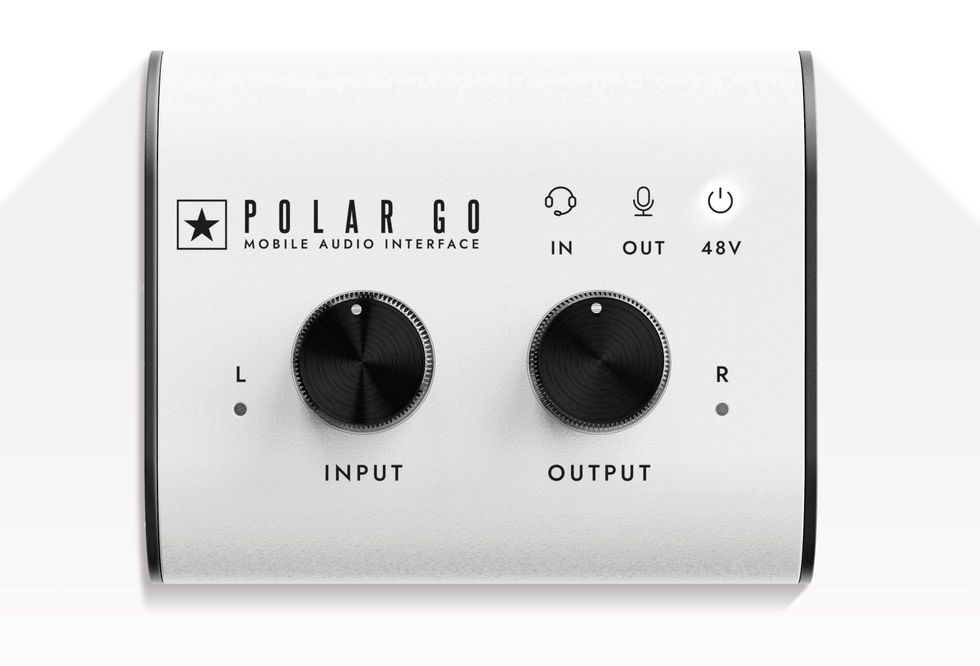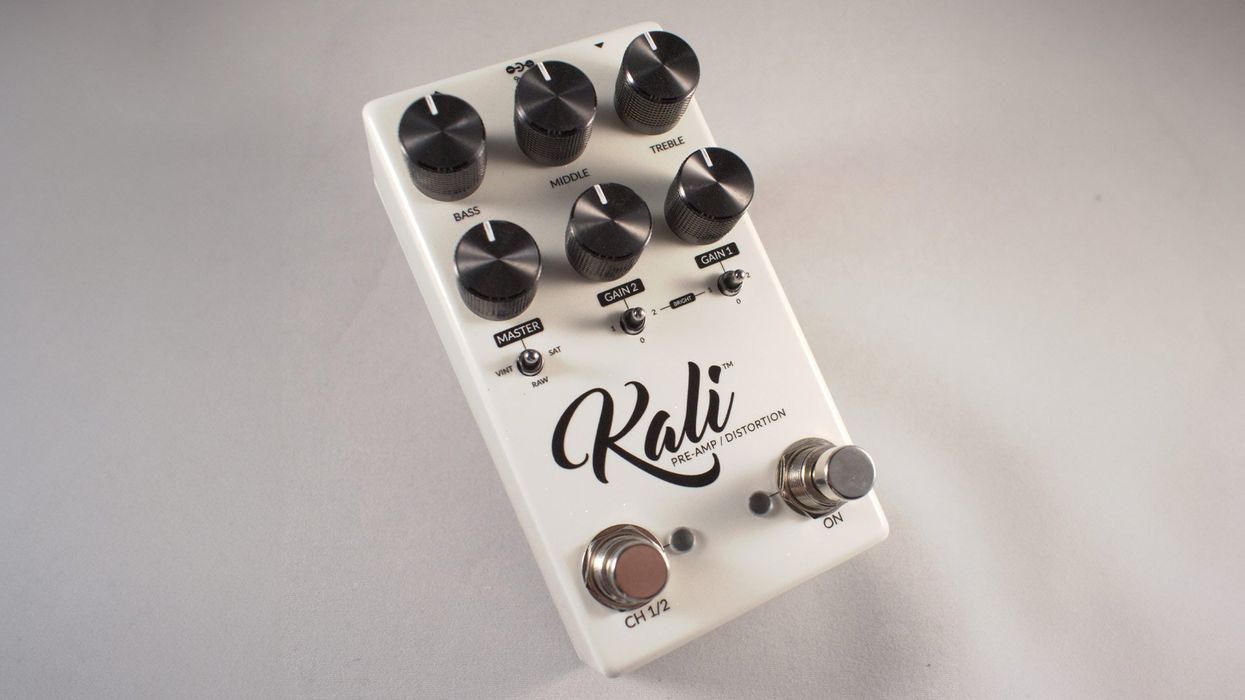AC/DC return to the road in the United States for the first time in nine years on the 2025 Power Up North American Tour.
This run kicks off on April 10, 2025, in Minneapolis, MN at US Bank Stadium, canvases the continent, and concludes on May 28, 2025, in Cleveland, OH at Huntington Bank Field. Along the way, they will play some of the most iconic and historic stadiums in the world, including the Rose Bowl in Pasadena, CA on April 18 and Soldier Field in Chicago, IL on May 24.
Tickets go on sale December 6 at 12pm local time HERE.
The tour shares its name with their 2020 album, Power Up, which bowed at #1 in 21 countries. In 2024, AC/DC completed a European leg of the Power Up tour, packing the biggest stadiums on the continent in the process. Power Up notably notched their third #1 debut on the Billboard 200 and exploded as one of the best-selling albums of 2020 worldwide,” . It closed out the year on Rolling Stone’s “Top 50 Albums of 2020” and Consequence of Sound’s “Top 50 Albums of 2020.” Plus, it garnered Grammy Award nominations in the categories of “Best Rock Album” and “Best Rock Performance” and “Best Music Video” for “Shot In The Dark.” Power Up is available HERE.
AC/DC played their very first show on the 31st December 1973 at Chequers Nightclub in Sydney, Australia. The band’s Back In Black LP is the “bestselling album by any band ever” and the “third bestselling album by any artist” with global sales of 50 million and counting. AC/DC was inducted into the Rock and Roll Hall of Fame in 2003. The band continue selling out stadiums on multiple continents, sell millions of albums annually and generate streams in the billions.
TOUR DATES
4/10 Minneapolis, MN US Bank Stadium
4/14 Arlington, TX AT&T Stadium
4/18 Pasadena, CA Rose Bowl
4/22 Vancouver, BC BC Place
4/26 Las Vegas, NV Allegiant Stadium
4/30 Detroit, MI Ford Field
5/4 Foxborough, MA Gillette Stadium
5/8 Pittsburgh, PA Acrisure Stadium
5/12 Landover, MD Northwest Stadium
5/16 Tampa, FL Raymond James Stadium
5/20 Nashville, TN Nissan Stadium
5/24 Chicago, IL Soldier Field
5/28 Cleveland, OH Huntington Bank Field
